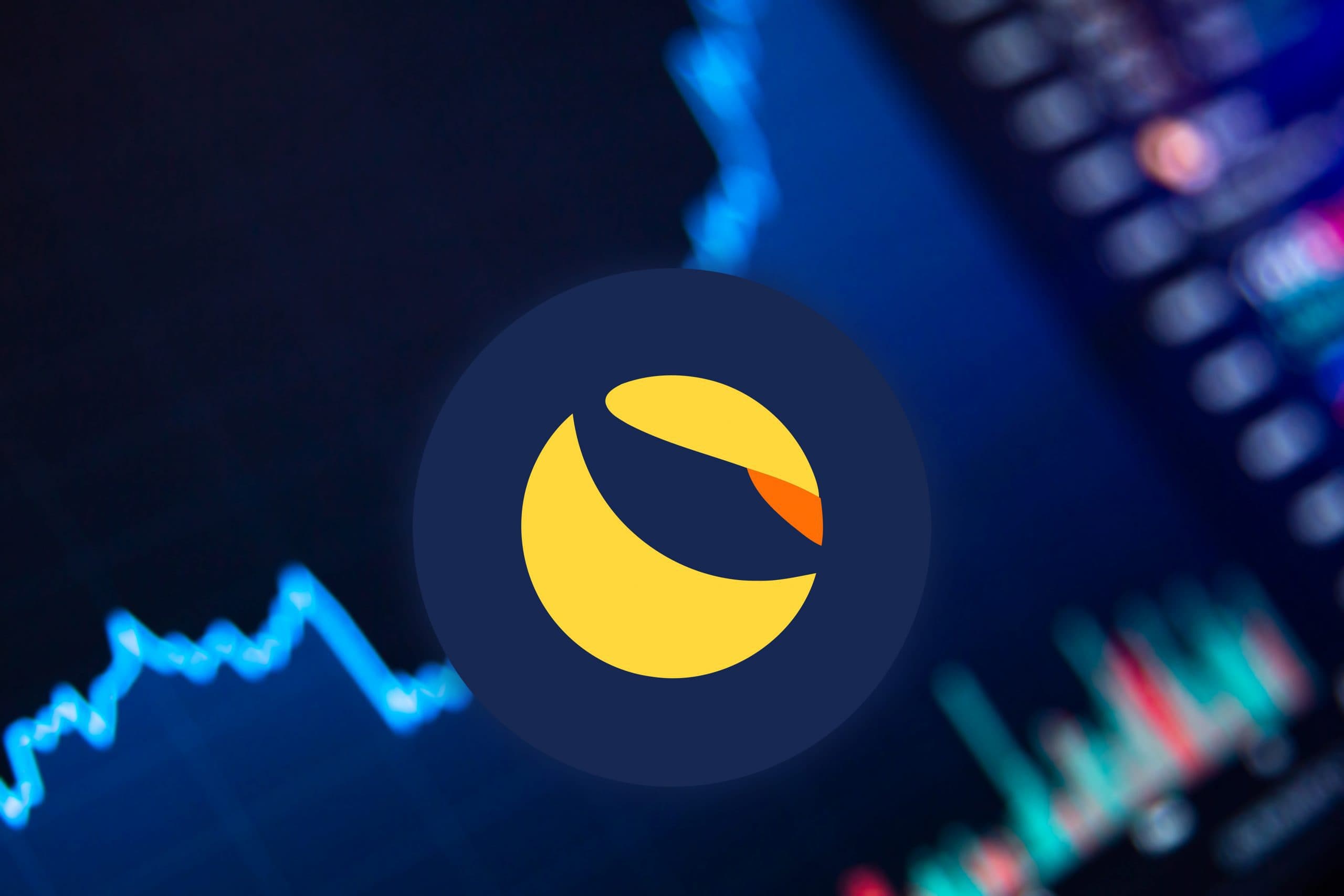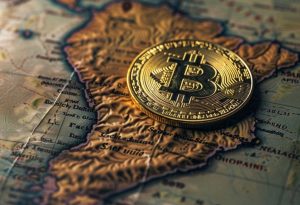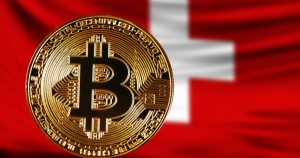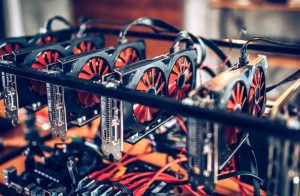Terra Community burns LUNA for 4.5 billion US dollars
2 min readUSD 4.5 billion in Luna tokens: The Terra community has voted for a major cut in the token supply that could prove to be a catalyst for LUNA performance.
Binance is doing it and ETH has been part of it since the London upgrade: Coin burning is not uncommon in the crypto space. No matter if it is like with Binance at regular intervals or as happens with ETH with every transaction, the amount in circulation is reduced every time. There is no need for a canceled business degree for this: If the amount in circulation decreases while demand remains the same or increases, the courses increase. LUNA investors can also speculate on this after the widespread increase on Tuesday approval came for the coin burn.
LUNA shortage
A total of 88.7 million LUNA tokens at the current equivalent of USD 4.5 billion will be removed from the community pool and, conversely, from the amount in circulation over the next two weeks. This resulted in the vote of the Terra Community, which approved proposals 133 and 134. On Tuesday, 520,000 LUNA were destroyed for the first time.
The upgrade of the Terra-Mainnet Columbus-5 carried out in September also has a deflationary, i.e. shortage, effect on LUNA stocks. Since then, the native tokens that Terra uses to stabilize the price of stablecoins no longer flow into the community pool, but are also burned. In the long term, this could trigger a spiral in value. The higher the demand for the stablecoin UST, the more LUNA it takes to push the rate down to one US dollar, which exponentially destroys more LUNA and boosts the token rate accordingly.
How does Terra work?
Terra is a stablecoin ecosystem that algorithmically creates value stability. Unlike Tether’s largest stablecoin USDT, Terra does not cover the coins with fiat deposits, but with LUNA. The supply of the respective stablecoins is dynamic and adapts to demand in order to compensate for exchange rate fluctuations. If the demand rises or falls, i.e. the supply decreases or increases, the algorithm either burns LUNA and produces UST in the equivalent or burns UST and produces LUNA.







